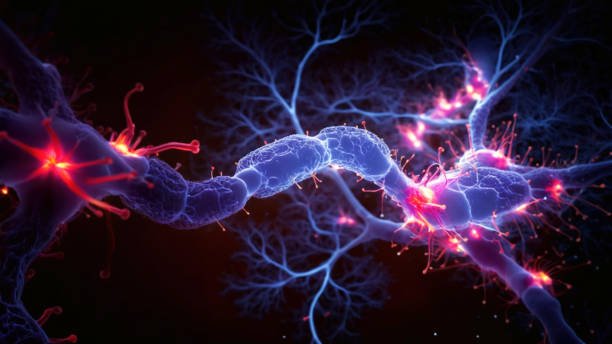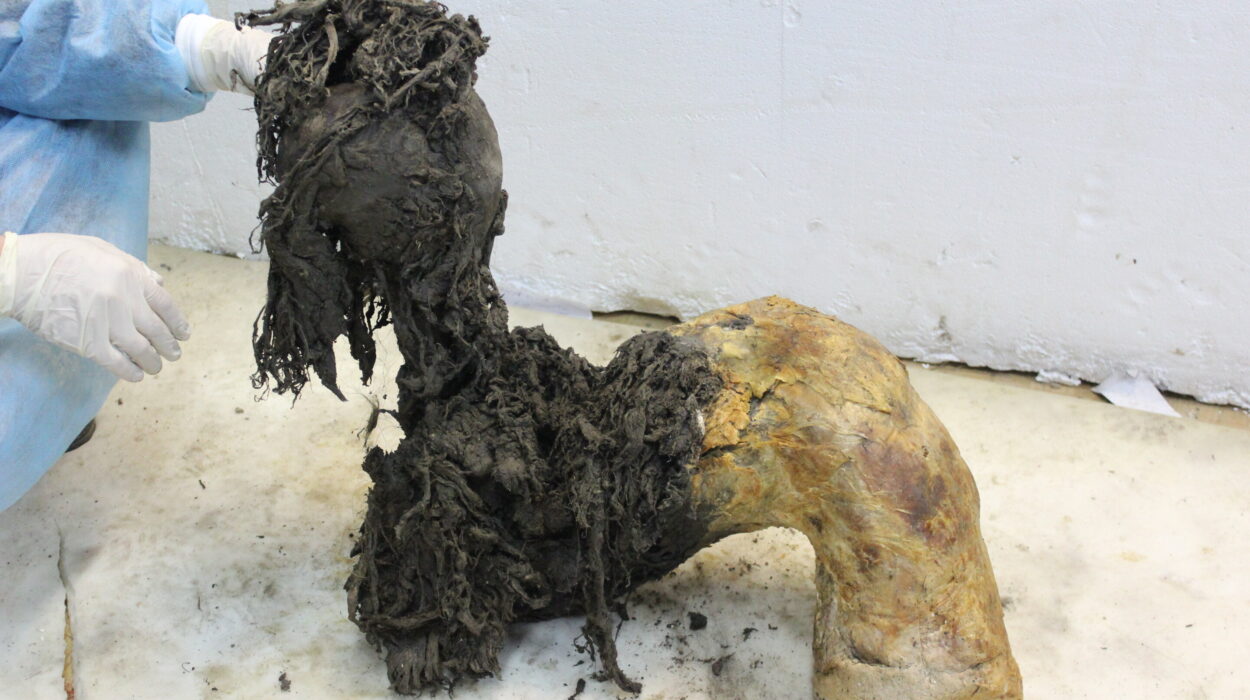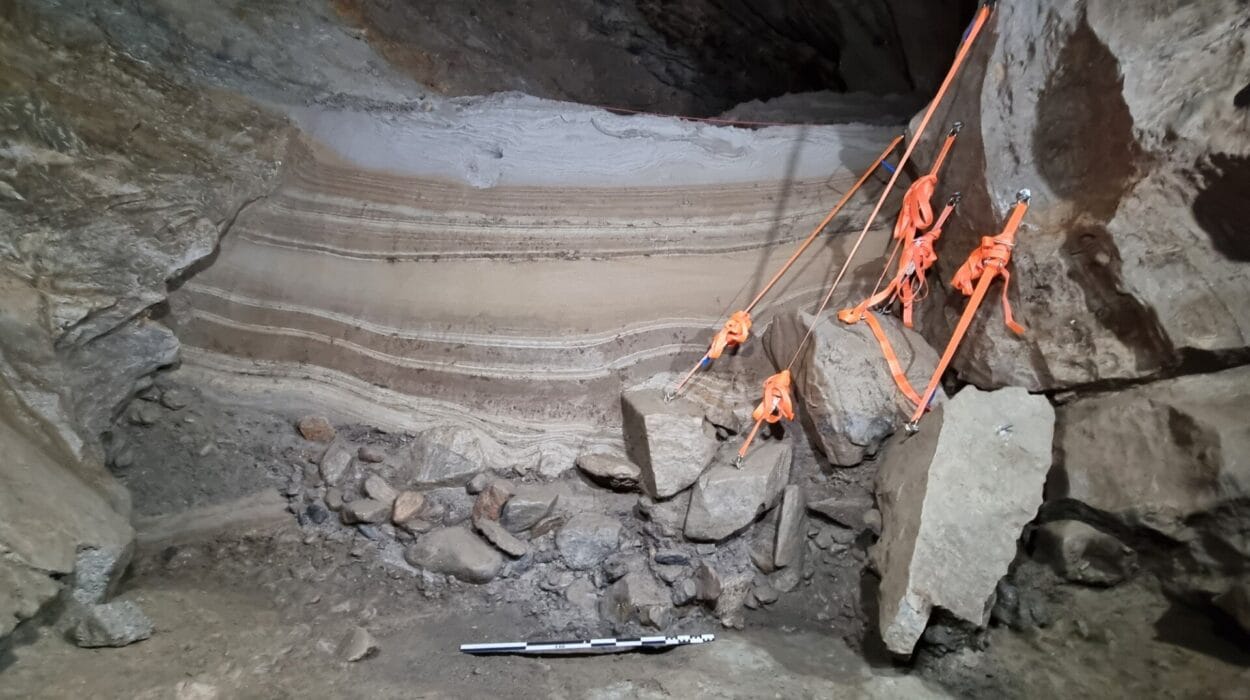In a quiet laboratory filled with whirring machines and digital maps of life’s code, a team of synthetic biologists has taken a bold leap into a biological unknown. By reducing the fundamental building blocks of life—the genetic code itself—to just 57 codons, scientists have created a new strain of E. coli that challenges the boundaries of what it means to be alive. The work, published recently in Science, represents one of the most audacious biological experiments ever undertaken: a conscious reprogramming of life’s language at the molecular level.
The new organism, dubbed Syn57, carries a genome that has been painstakingly rewritten. Through more than 100,000 deliberate genetic edits, researchers removed seven codons—six sense codons and one stop codon—leaving only 57 of the original 64. Despite this severe compression of genetic vocabulary, the resulting organism lives, grows (albeit slowly), and expresses a surprisingly adapted genetic profile.
Cracking the Redundancy Code
The genetic code of all life on Earth relies on codons—three-letter combinations of DNA or RNA nucleotides that tell cells which amino acids to use when assembling proteins. Since there are four nucleotides and three positions, there are 64 possible codons. But here’s the catch: there are only 20 standard amino acids. This means many codons are redundant—they instruct the cell to use the same amino acid as another codon does. For instance, the amino acid leucine can be encoded by six different codons.
These redundancies have puzzled scientists for decades. Are they a clever evolutionary buffer against mutation? Or merely the genetic equivalent of clutter—relics of an ancient, messy process?
Previous research suggested both answers might be true. Some redundancy can make DNA more resistant to harmful mutations, while other studies have shown that removing excess codons can improve an organism’s controllability, particularly in laboratory settings. That idea led to the creation of Syn61 in 2019, a stripped-down version of E. coli with only 61 codons. Now, the same spirit of scientific daring has brought us Syn57.
Editing Life, One Codon at a Time
The creation of Syn57 wasn’t a single discovery—it was an engineering saga.
To eliminate seven codons across the entire genome, researchers had to meticulously scan, identify, and replace every occurrence of those codons with functionally identical ones. But this wasn’t simple “find and replace.” Each swap required careful evaluation to ensure it didn’t interfere with the organism’s survival, because genes do more than just code for proteins—they often regulate when, where, and how those proteins are made.
The team broke the genome into 38 manageable chunks. In each segment, they replaced target codons with synonyms—different spellings for the same biochemical word. But the devil was in the molecular details. Each edit risked introducing unforeseen consequences, such as disrupting critical gene expression patterns or making the bacteria nonviable.
“Mapping and fixing at each stage of the synthesis was often crucial,” the researchers explained in the study. By using what they call a “just-in-time” repair approach, they addressed problems as they emerged—correcting local defects early and resolving complex interactions between distant parts of the genome later in the process.
In total, they made over 101,000 changes to the bacterial genome, rewriting more than any previous organism to date.
Alive, But Different
The result was a living bacterium—an organism whose genome had been reshaped on a scale never seen before in nature or the lab. Syn57 was alive, but not unchanged. It grows about four times slower than its parent strain, a fact the researchers acknowledge as a significant drawback. But this isn’t necessarily a failure—it may instead signal that Syn57 has entered a new biological state, one never encountered by natural evolution.
Interestingly, the strain exhibited a distinct gene expression profile, meaning it had adapted physiologically to its new genetic configuration. Some genes were expressed more, others less. This suggests the organism’s cellular machinery was recalibrating, adjusting to a new form of internal communication born from the compressed genetic code.
This opens fascinating questions: What does it mean for an organism to “adapt” to a code no other creature uses? Can life thrive in this new region of “sequence space”—a term for the total set of all possible genetic combinations? And perhaps more intriguingly, how far can we push the code before life becomes unrecognizable?
Implications Beyond the Petri Dish
The implications of this work are both practical and philosophical. On the technical side, streamlined genomes like Syn57 are particularly attractive in biotechnology. By eliminating redundancy, scientists can “free up” codons for entirely new purposes—like encoding unnatural amino acids, designing custom proteins, or making organisms that are resistant to viruses, which typically rely on hijacking the standard genetic code.
Already, Syn61—its predecessor—is being used to make virus-proof cell lines for drug development and biomaterials production. Syn57 could further that revolution, enabling the manufacture of proteins and polymers with novel properties that are impossible in natural cells.
There’s also the tantalizing possibility of building genetic firewalls. Because Syn57 uses a reduced code, it can be made incompatible with viruses and with other forms of life. In theory, you could build laboratory organisms that cannot exchange genes with natural life—effectively isolating engineered life from nature and making genetically modified organisms (GMOs) much safer.
But the broader questions are even more profound. What Syn57 represents is not merely another genetically modified organism—it’s a proof of concept that life does not have to obey the same rules evolution chose billions of years ago. Life, it turns out, is more flexible than we imagined.
Where Evolution Didn’t Dare to Tread
The DNA code we all share—from bacteria to whales to humans—is nearly universal. It’s been conserved across billions of years of evolution, suggesting it was selected early and then locked in due to its efficiency and functionality. But now, scientists are venturing into territories where evolution has never gone. They are writing alternative versions of biology, built not by natural selection but by rational design.
“This work exemplifies how genome synthesis can move the genome sequences of organisms into new regions of sequence space that may not have been accessed by natural life,” the study authors wrote. In other words, nature may have settled on one solution, but it wasn’t the only one.
The success of Syn57 challenges the notion that biology is fixed. It suggests that the rules of life can be edited—not just at the level of genes or proteins, but at the level of the genetic code itself. This raises an astonishing possibility: What if we could create entirely new forms of life with completely novel genetic codes? Life that is safe, stable, and engineered to function in environments or perform tasks that natural organisms never could?
The Road Ahead: Challenges and Promise
Despite the triumph of Syn57, the journey is far from over. Its slow growth rate highlights the difficulties of maintaining biological efficiency in such dramatically altered organisms. The scientists now face the challenge of adapting Syn57 for faster replication and more robust performance. This will likely involve another round of evolution—this time artificial—where selective pressures in the lab fine-tune the organism’s behavior under its new rules.
There are also ethical and ecological questions. What safeguards are necessary to ensure synthetic organisms don’t escape into the wild? Should organisms with such radically altered DNA even be considered “life” in the traditional sense? If we are creating organisms that no longer share Earth’s biological language, are we on the brink of a new branch in the tree of life—a synthetic branch?
And then there’s the philosophical awe. That we can not only read the genetic code of life but rewrite it—safely, precisely, and functionally—is one of the greatest achievements of modern science. Syn57 is not just a technical marvel; it’s a symbol of a new biological future, where humanity becomes an active author in the story of life.
Conclusion: Redefining the Possibilities of Life
The reduction of E. coli’s genetic code to just 57 codons is a milestone that will echo for years to come. It’s a demonstration of our growing power not just to edit life, but to reimagine it at its very foundations. The success of Syn57 shows that biology is not a fixed script handed down by evolution—it is a living document, open to revision.
The question is no longer whether we can change the code of life. It’s how far we should go—and what kind of world we want to build when we do.
More information: Wesley E. Robertson et al, Escherichia coli with a 57-codon genetic code, Science (2025). DOI: 10.1126/science.ady4368






